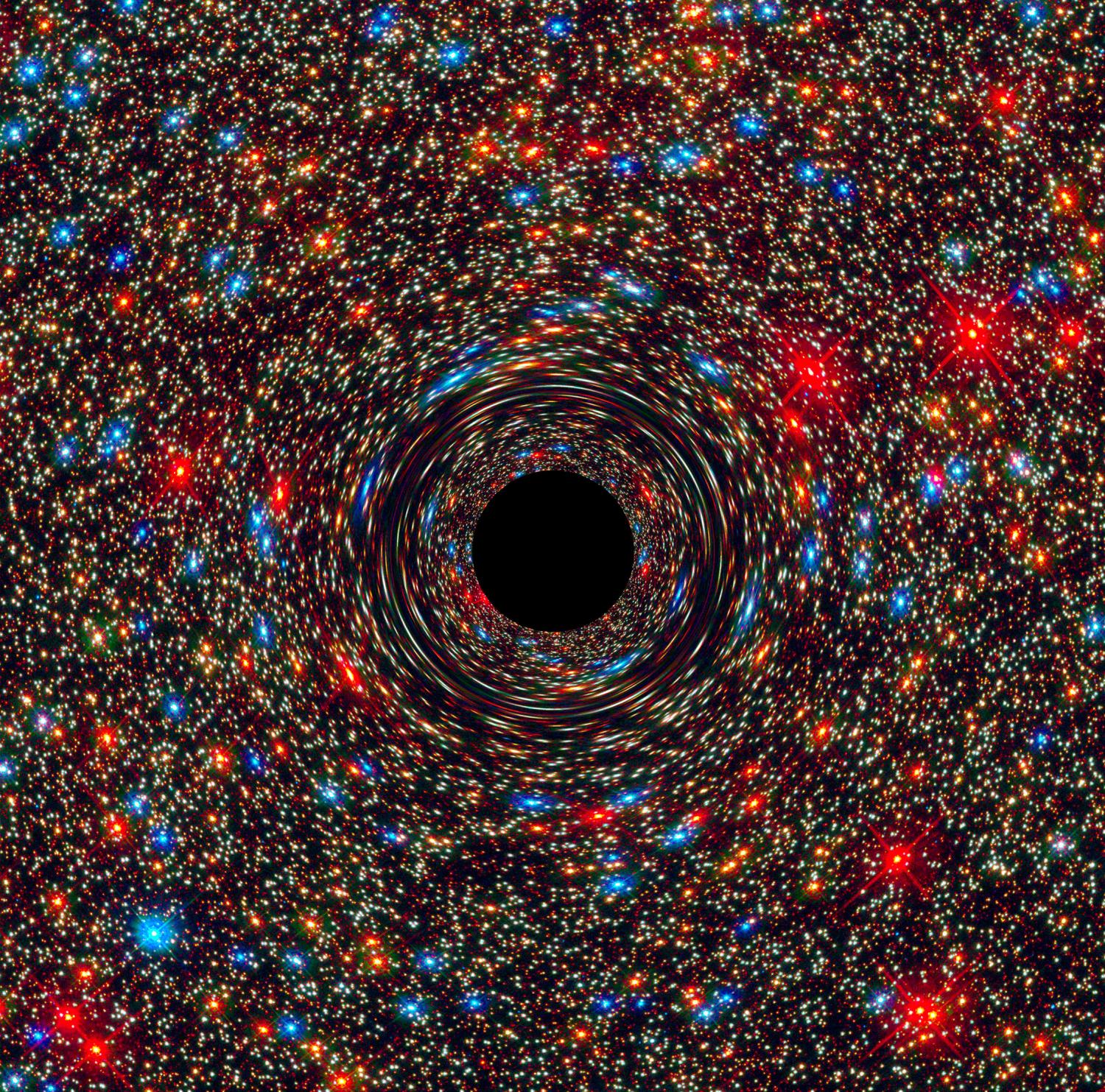Some recently discovered ultramassive black holes are known as the most massive black holes in the universe and were discovered using NASA’s Chandra X-ray telescope. The newly discovered black holes are located roughly 3.5 billion light years away from planet Earth, and as their name suggests, they have huge masses.
The new study covering the discovery of ultramassive blackholes was published in the Monthly Notices of the Royal Astronomical Society. The authors of the study and researchers behind the discovery were Mar Mezcua, a postdoctoral fellow at the Institute of Space Sciences in Spain and Julie Hlavacek-Larrondo, a professor in the Department of Physics at the Université de Montréal.
“A black hole is an invisible celestial object whose gravitational pull is so strong that neither matter nor light can escape it – it swallows everything in its path like a bottomless vortex,” Professor Hlavacek-Larrondo explained in a statement.
The researchers studied roughly 72 galaxies that are located at the core of the universe’s brightest galaxy clusters with the biggest masses. During their study, they discovered black holes, far more massive than had been expected, thanks to NASA’s Chandra X-ray telescope. According to the team, the black holes were overgrowing compared to the stars in their galaxies.
When they compared the masses of the discovered ultramassive black holes, they learned that they are 10 times bigger compared to what was originally projected. Furthermore, the masses of more than half of the observed black holes were roughly 10 billion times more massive than the Sun. They conducted an analysis of the radio waves and X-ray emissions to determine their masses. Their huge mass classifies them as what we refer to as ultramassive black holes, according to the report in Newsweek.
“We have discovered black holes that are far larger and way more massive than anticipated,” Mezcua said. “Are they so big because they had a head start or because certain ideal conditions allowed them to grow more rapidly over billions of years? For the moment, there is no way for us to know.”
“We do know that black holes are extraordinary phenomena,” Hlavacek-Larrondo added, “so it’s no surprise that the most extreme specimens defy the rules that we have established up until now.”
Mezcua also said that massive black holes are usually created when a massive star dies and collapses in on itself. Also, she added that it’s quite fascinating that the black holes distort the time surrounding them. According to Einstein’s theory of relativity, time flows slower in locations with strong gravitational fields, such as these giant celestial objects.
The image above displays a computationally generated simulation of a supermassive black hole that is located at the center of a galaxy. The black region displays the center of the black hole and is called the ‘event horizon’ of the black hole where light can’t escape its gravitational pull. Also, light from the stars located in the background are distorted as the stars approach the black hole.





